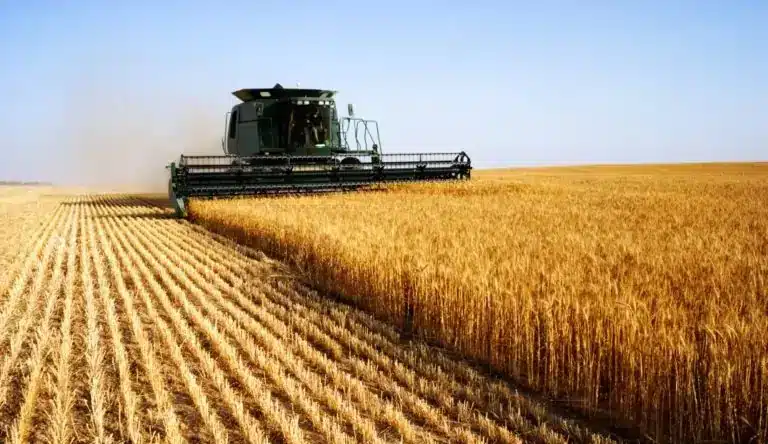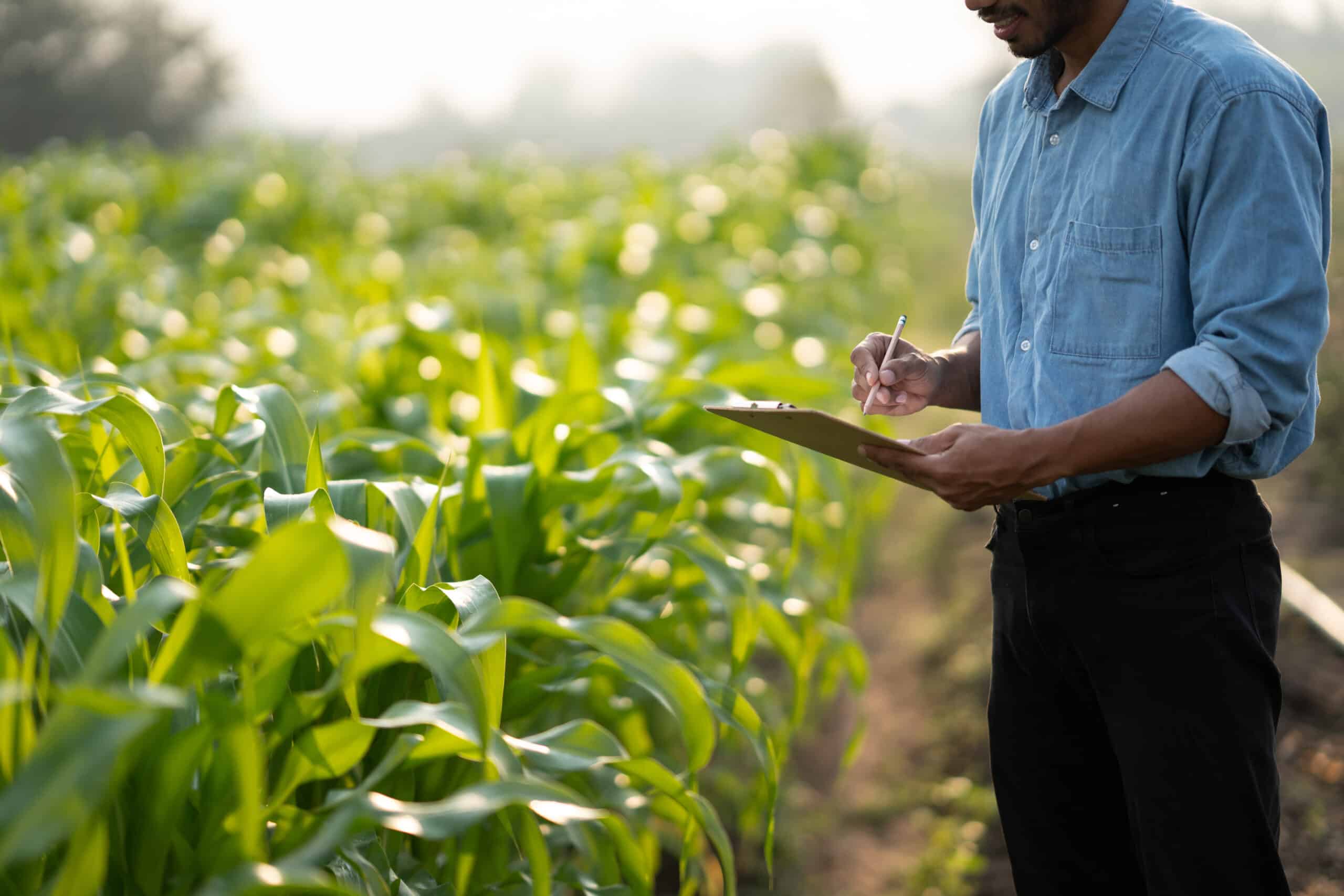Wheat is one of humanity’s oldest crops, first cultivated in the Middle East around 9,600 BC. Today it is the most widely grown crop on Earth, contributing about a fifth of the total calories consumed by humans. Despite that long association, we are continuing to learn about this important crop species.
Surprising new learnings have emerged in recent years. For example, it was thought that desert dust might be a nuisance to the wheat plant through blocking light but it’s since been established that the dust is beneficial due to the growth promoting qualities of phosphorus particles involved.
The research now indicates that plants that have evolved near deserts, the source of nearly all natural dust in the atmosphere, may have developed a way to exploit it.
Leaf dust could be an alternative and more effective way to supply desert-derived crop varieties with the phosphorus they need. This could include avocado and cocoa trees, which have evolved in tropical regions of the Americas.
These plants get a regular, beneficial dose of desert dust from across the Atlantic carried west by the trade winds.
Unlocking wheat genetics
Advances in sequencing technologies have improved the state of genomic resources for both wheat and barley. The availability of reference genomes for wheat and some of its progenitors, as well as for barley, sets the stage for answering unresolved questions in domestication genomics of wheat and barley.
New production systems
Although a field crop, some researchers have looked at the possibility of producing wheat hydroponically. It has been shown that wheat grown on a single hectare of land in a 10-layer indoor vertical facility could produce from 700 ± 40 t/ha (measured) to a maximum of 1,940 ± 230 t/ha (estimated) of grain annually under optimised temperature, intensive artificial light, high CO2 levels, and a maximum attainable harvest index.
Such yields would be 220 to 600 times the current world average annual wheat yield of 3.2 t/ha. Independent of climate, season, and region, indoor wheat farming could provide some environmental benefits, as less land area is needed, most water is reused, there is minimal use of pesticides and herbicides, and no nutrient losses.
On the other hand, due to the increased energy use involved, it is unlikely that indoor wheat farming will be economically competitive with current market prices in the short term.
However, it could play a role in hedging against future climate or other unexpected disruptions to the food system. Dwarf wheat has also been grown on the International Space Station and cultivating wheat in space could prove an essential part in the provision of food for long-distance space exploration.
Alternative uses
New uses for the crop are emerging alongside new production systems. Second-generation biofuels offer an opportunity to produce fuels from dedicated energy crops, waste materials or coproducts such as cereal straw. Wheat straw has limited economic value, so wheat cultivars have been bred for increased grain yield.
With the development of second-generation biofuel production, utilisation of straw biomass provides the potential for ‘food and fuel’.
Every year around 734 million tonnes of wheat straw is produced worldwide, a large amount of waste, which is cheap and has had no well-defined use until now. Recently, organic chemistry research groups at the University of Córdoba developed a new use for this excess agricultural material as a foundation to manufacture polyurethane foams.
This plastic material often manufactured from petroleum by-products, is extremely versatile within the industry and has multiple uses in the construction and automobile sectors as a sealant as well as a thermal and acoustic insulator.
Wheat will remain a staple crop for humanity but the capacity for new production systems and potential new uses continues to be the subject of intense research worldwide.
The future of wheat
With our comprehensive industry analysis and expert insights into the latest trends and technologies in the agricultural sector, we empower stakeholders to make informed decisions, ensuring sustainable growth and innovation in crop management. With a focus on agtech solutions and strategic market intelligence, our global team of consultants provides a valuable resource for those looking to stay ahead in the dynamic field of agriculture and achieve sustainable commercial growth.














